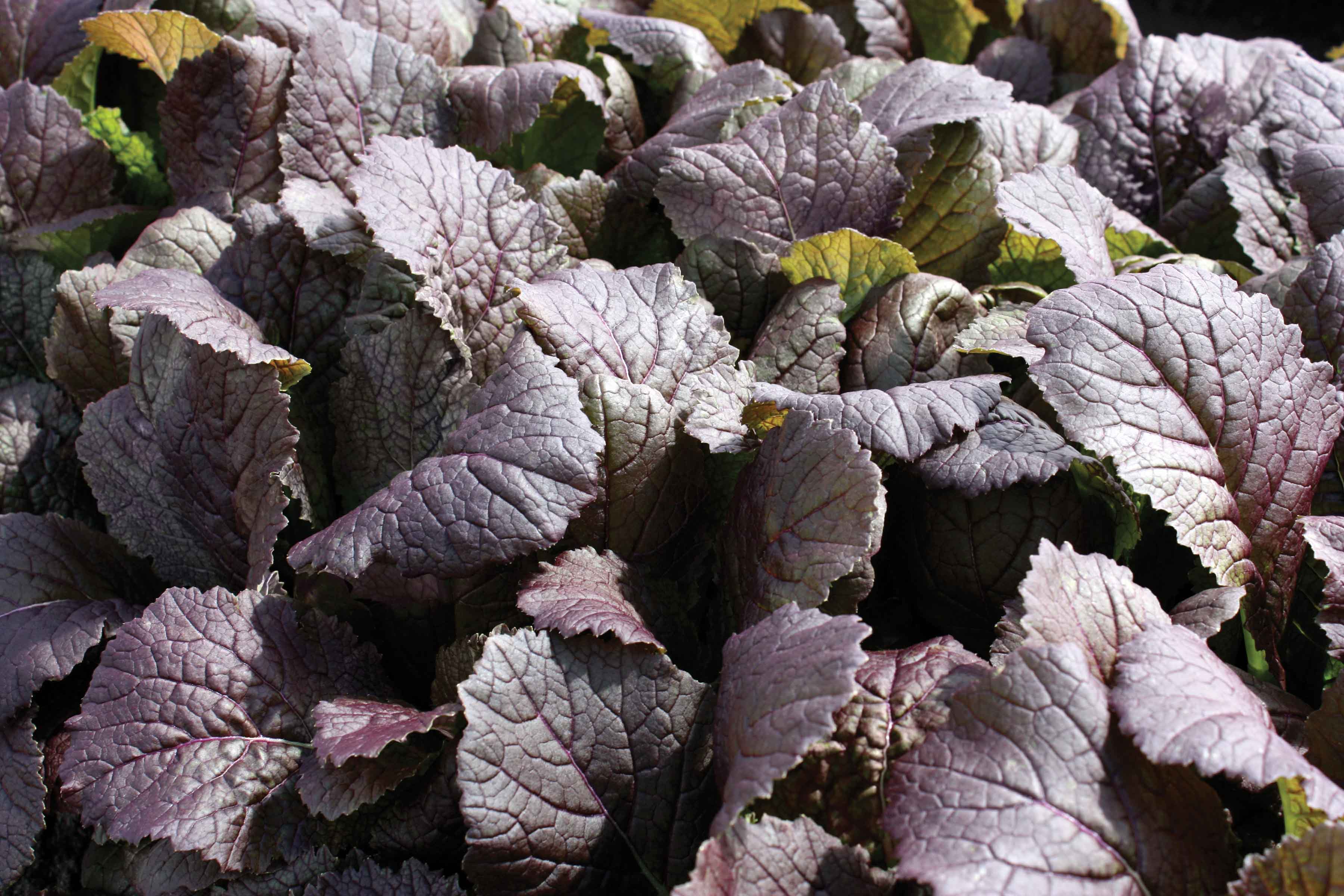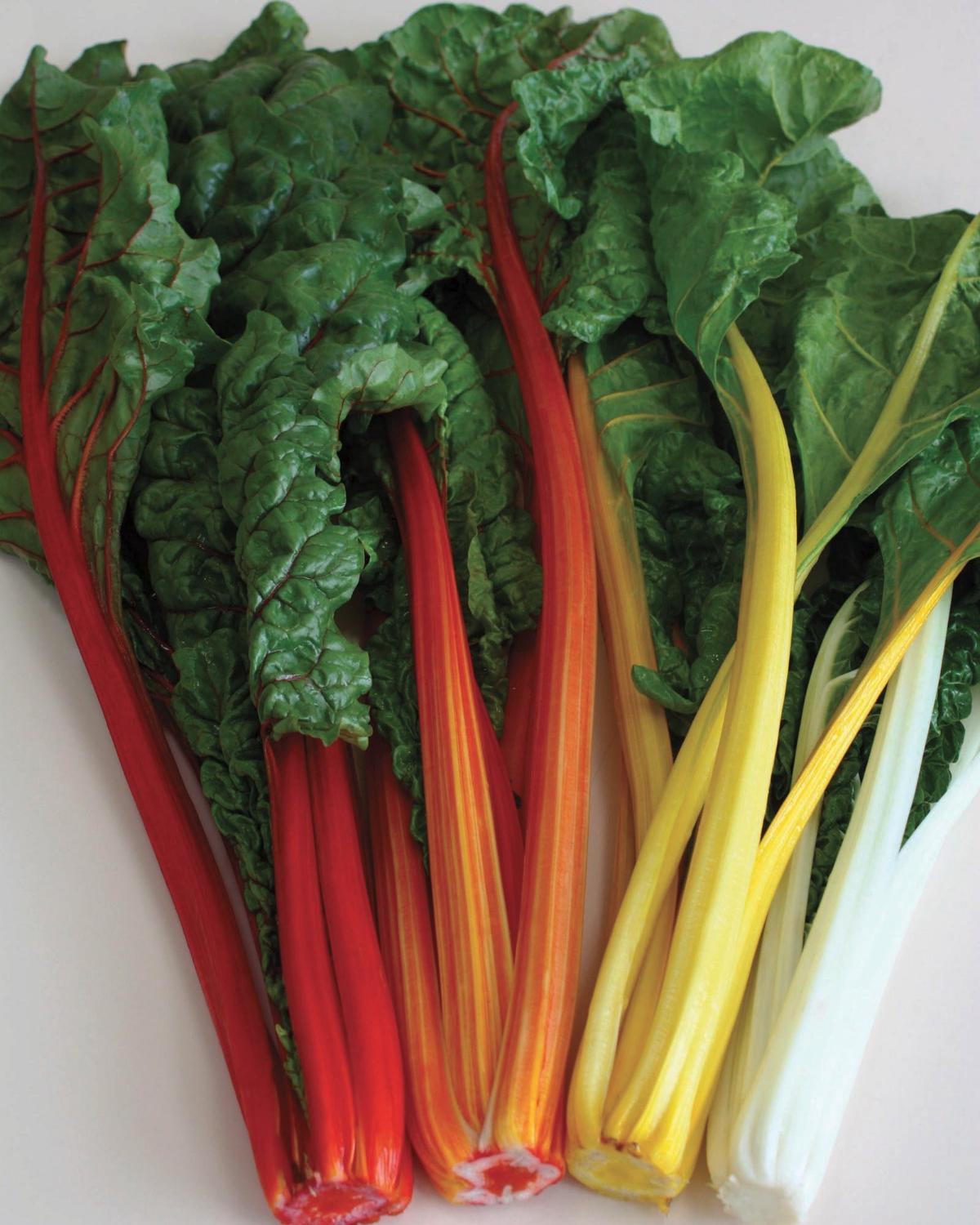
Beyond Tomatoes: How to Expand Your Vegetable Offering
With the increased consumer interest in vegetable gardening, many growers have found that adding top-selling vegetable classes like tomatoes and peppers to their ornamentals assortment is a relatively low risk way to boost sales. But why stop there? All indications are that the interest in fresh, home or locally grown produce will continue to grow. Here are four ways to branch out:
Spring & Fall Assortments
Pushing early sales and extending end of season sales is easy with vegetables in the mix. Many of today’s most popular vegetables lend themselves to spring and, in some locations, fall offerings. Start with core crops like broccoli, cabbage, cauliflower, lettuce and cool-season herbs. Then consider adding current culinary favorites like Brussels sprouts, collards, mustard, Chinese cabbage, Swiss chard, kohlrabi and salad greens.
Working with retailers to provide expanded and useful planting, maintenance and harvest information is crucial to drawing the gardener in. Or simply start small by adding an herb or colorful leafy green into a basket of pansies or snapdragons.
Salad & Leafy Greens
Offering choices like red lettuce, brightly colored Swiss chard, like Celebration, and spicy arugula in an expanded vegetable assortment is a sure-fire way to encourage more sales. Salad greens (typically eaten raw) and leafy greens (those that can be eaten raw, but are typically cooked) offer several advantages over other classes:
• Even small space and urban gardens can squeeze in a few pots of greens, whose “cut and come again” growth habit offer substantial harvests. This opens up a whole new customer to edible gardening.
• Almost all greens mature quickly, which means more turns in your greenhouse and more instant gratification for the customer, increasing repeat sales.
• With their varied leaf textures and colors, greens are an ideal choice to include in the ornamental garden. Showing gardeners who typically only plant flowers how to include greens into a window box garden or as an edging to a flower bed expands sales.
• Versatile greens can be sold in various individual pot sizes as well as in collections and mixes, increasing your numbers. Top choices include arugula, lettuce, mustard, turnip, pak choi, collard, spinach, Swiss chard and unique Asian greens.
Multiple-Variety Offers
Offering vegetables in options beyond single variety six-packs and 4-inch pots will bring in both impulse buyers and those that aren’t sure they are up to a full garden plot. Even keeping the same pot sizes, try offering a mixed six-pack or collection of half a dozen 4-inch pots. Consider two plants each of broccoli, cauliflower and cabbage, or three-season spinach, Swiss chard and red mustard.
It takes more greenhouse space, but time-strapped gardeners will be drawn to larger containers that are ready-to-go and they are willing to pay more for them. Just remember that veggies need room to grow and produce harvests. So don’t stuff a pot with too many specimens, as this may hinder consumer success.
Plant crops like greens and herbs in a shallow pot with a large surface area for maximum yields. Use larger, deep pots for fruiting crops like restricted-vine melons or squash to make sure they develop enough root mass to set their fruit. For instant gardens, try 2- to 3-gallon sized pots or larger. Focus on a key specimen like cucumbers (adding a short, wide trellis) then under-plant with herbs, leafy vegetables, edible flowers or even strawberries.
Herbs
An essential and ever-popular class for the home garden, herbs are suitable for individual sales and for presenting in larger mixed containers with other vegetables or ornamental crops. Several classes like cilantro and parsley can be grown in multiple seasons, particularly when varieties have been selected for early maturity and bolt tolerance, like cilantro ‘Santo’.
The key to branching out here is to go beyond Italian basil, chives, cilantro, mint, oregano, parsley, rosemary and thyme. Cooks know that some fresh herbs are impossible to find in the grocery store. Thai basil, summer savory, French tarragon and curry are just a few choices that could set you apart. Then layer in fun choices like salad burnet (it smells like cucumbers!), pineapple sage, lemon basil, chocolate mint and stevia.
A final hint for selling herbs: peruse almost any garden center and you will see that a well-rooted, lush and fully green herb can sometimes be hard to find. Tweaking crop times and growing methods to offer truly superior quality is guaranteed to bring the gardener back each year for your particular plants.
While flowers may be your main crop, a foray into the world of vegetable plants can expand your sales in today’s world of healthy food fascination. While tomatoes and peppers may be an easy fit for your current growing protocol, you may find that you have some extra greenhouse space in less busy seasons or have customers that are willing to try something new. Will mesclun replace coleus? No, but that doesn’t mean it won’t make money!
Adding top-selling edibles, such as tomatoes, to your ornamentals assortment is a great low-risk way to boost sales. But why stop there?




 Video Library
Video Library 




















